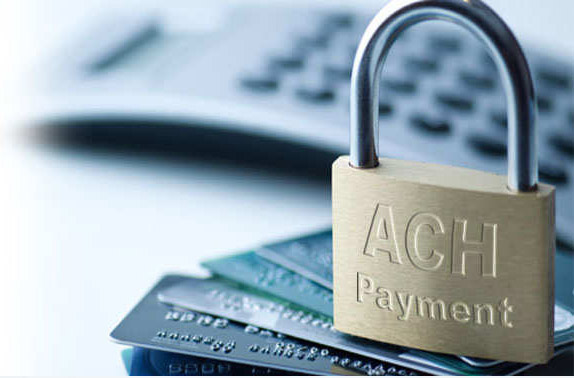ACH (automated clearing house) is a processing system regulated by the National Automated Clearing House Association that manages all money and data being moved throughout the US. NACHA represents more than 10,000 financial institutions, facilitating safe and secure payments for individuals, corporations, governments and more.
An ACH payment is transferred through the Automated Clearing House payments service. The majority of electronic bank transfers and transactions are ACH transfers, even though most people don’t know it.
Types of ACH Payments
- Direct Deposit via ACH
- Direct deposit is the deposit of funds into a bank account. Examples of this include funds for payroll, employee expense reimbursement, government benefits, tax refunds, interest payments, and ACH credit payment from a business to a customer.
- Direct Payment via ACH
Direct payment is the use of funds as a payment to a bank account. There are two types of payments, ACH credit and ACH debit. One indicates a person or organization is putting funds into a bank account in order to pay for something, and the other means a person or organization is taking funds out of an account in order to be paid.
- Direct payments as an ACH credit – Transfers funds into an account. For example, an individual paying his water bill by initiating a payment through his/her bank, which is then transferred to the city’s water service department.
- Direct payments as an ACH debit – Transfers funds out of an account. For example, a consumer setting up a recurring payment for his/her utility bill and the city water department takes money out of their account automatically every month. (The individual authorizes the city to do this, of course).
In both of these situations, the individual is paying for his/her water bill, but the way the city department receives the funds is different.
How ACH Payments Work
- An individual or corporation originates a direct deposit or payment using the ACH network, the person initiating the payment/deposit is known as the Originator.
- Once the Originator requests an ACH transfer, their bank prepares payment information and submits it to an ACH Operator.
- The bank then begins to collect payments from the customers and transmits them in batches at predetermined intervals to an ACH Operator.
- ACH Operators receive batches of ACH entries electronically from the bank.
- The ACH transactions are sorted and made available by the ACH Operator to the receiving bank.
- The receiver’s account is debited or credited by the receiving bank.
- Each ACH credit transaction settles in 1-2 business days, and each ACH debit transaction settles in 1 business day.
Benefits of ACH
ACH payment processing is fast and safe.
The most important benefit of ACH is security. ACH processing has a significantly lower fraud rate and NACHA is committed to making electronic payments secure and seamless.
Payments are processed quickly and retailers can ship products and receive payments in a timelier matter. Being able to process orders quickly promotes customer satisfaction and retention, since customers receive their orders sooner.
Recurring billing is extremely easy to set up with ACH, increasing cash flow and reducing chargebacks. Recurring billing makes collecting payments easier for the merchant and makes payments more consistent on the customer’s end.
When a customer makes an ACH payment, the information is encrypted in a secure system making it much more secure than a paper check which is usually passed between multiple people before being processed, increasing the risk of fraud.
Risks of ACH
ACH offers a convenient solution for payment processing, but there are also some inherent risks attached.
Operational Risks: Some operational risks include electronic issues related to computer failures, power outages, and security system failures. There is also the risk of simple human error, for example, a typo by the ACH Operator leading to a failed transaction.
Credit Risk: This typically occurs when a company goes bankrupt or when a customer does not have adequate funds to complete a debit or credit transaction.
Fraud Risk: The risk of fraud is always present with electronic payments. For ACH, fraud is mainly present in the embezzlement of funds by employees who receive unauthorized access to the payment system.
Setting Up Direct Deposit
You can accept ACH payments using a merchant account provider who processes your ACH payment with either a virtual terminal or website payments.
Your merchant provider will offer a sign-up process and then they will walk you through the steps to set up. This usually entails a financial review where you will need to provide a voided check in order for direct deposit to be established with your bank account.
Your payment provider will provide the necessary software in order for you to be able to accept ACH. Most business software packages already include AHC as a standard feature.

